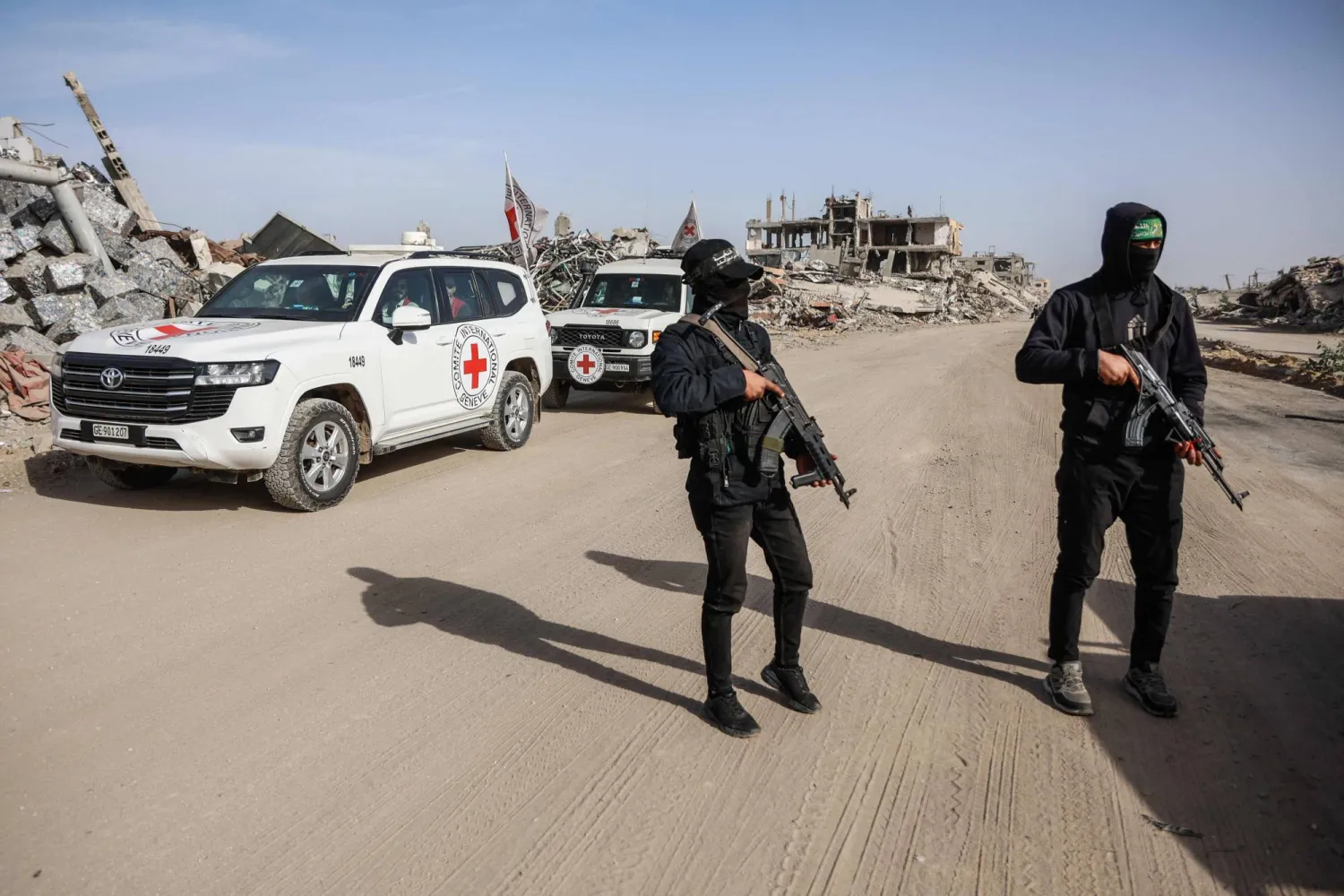Controversial movements of some armed militias affiliated with Fayez al-Sarraj’s Government of National Accord (GNA) in the capital, Tripoli, have raised fears of a new wave of clashes.
Head of the so-called Tripoli Revolutionaries Brigade (TRB) Haithem Tajouri has recently launched a verbal attack on the GNA and its loyal forces describing it as a weak government.
His comments seemed to be in response to GNA Interior Minister Fathi Bashagha’s earlier attempts to control the entrances and exits of the capital.
Tajouri demanded that he be informed of whoever wants to enter Tripoli, whether patrols or any deployed force in the city.
Meanwhile, military commanders from the GNA-affiliated “Volcano of Rage” operation said TRB was on a state of alert.
Local residents have also noticed the sudden and unexplained repositioning of some militias in Tripoli during the past two days.
Local media have reported the appearance of the smuggler who has been sanctioned by the UN Security Council and is wanted by the Attorney General, Mohammed Kachlaf, beside GNA Defense Minister Salah el-Din Al-Namroush during his recent visit to the headquarters of the Petroleum Facilities Guard.
Kachlaf’s appearance after the arrest of his partner, Abd al-Rahman al-Milad in Tripoli in mid-October, raises questions on the engagement of the GNA Ministry of Interior in battles against militias.
Kachlaf has been controlling the Zawiya refinery for years. He is described as one of the rich and masters of smuggling in the western coastal regions, knowing that he commands militias affiliated with the Petroleum Facilities Guard. He is enlisted on the UN Security Council sanctions list, which includes travel bans and freezing of funds.
Namroush also employed an ISIS member after the Ministry of Defense assigned Mohammed Balaam to manage and follow up the exchange of detainees and corpses, in cooperation with the ministry’s permanent committee for humanitarian affairs, knowing that he had previously participated in the battles waged by extremists against the Libyan National Army (LNA) forces in Benghazi before his escape to Tripoli.
Spokesperson for the GNA Sirte and al-Jufrah operations room Brigadier General Abdul Hadi Dara has claimed that a member of the Sudanese “Janjaweed” militia was shot dead by the townspeople on Abu Hadi Island after attempting to rob a house.









